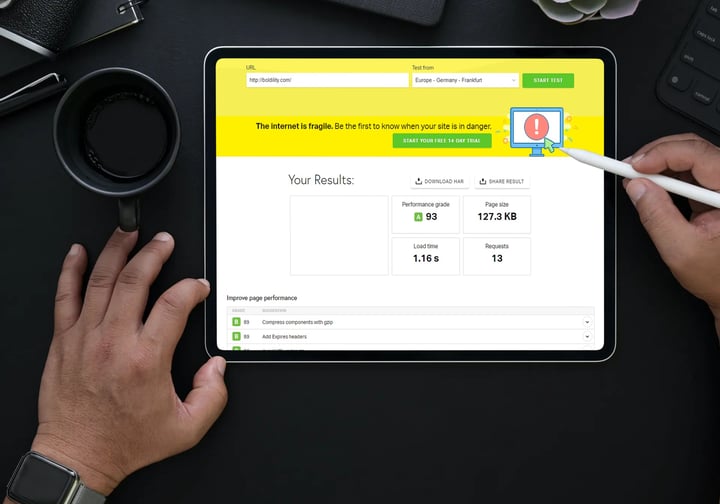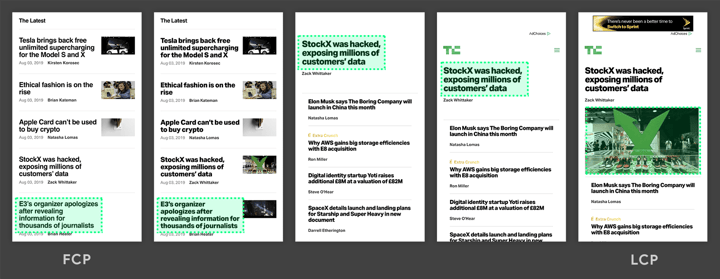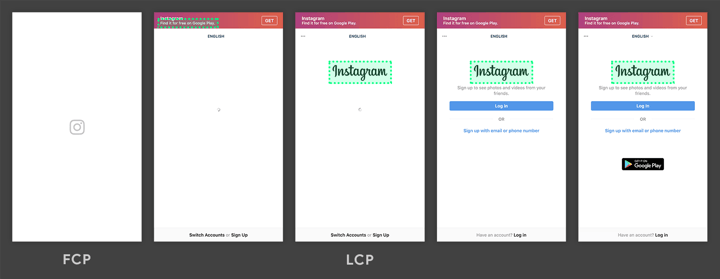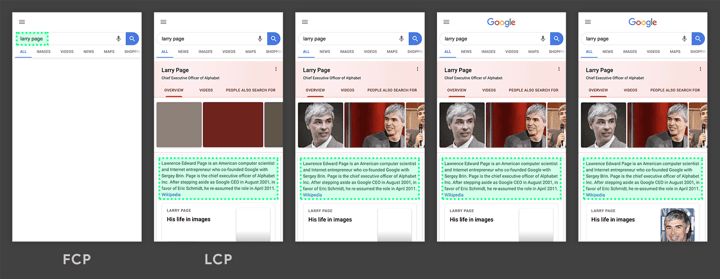What is the Trusted Shops Community of Trust?
What is the Community of Trust? How do you gain access to the 45 million shoppers in it? And how do you improve your conversions, AOV, and more?

You want high rankings in Google. You know that high visibility is incredibly valuable. The best websites get a lot of traffic from Google for free. And you want that, too.
However, you need to be up-to-date with Google's algorithm changes.
Don't worry. We're here to help!
You'll learn how to prepare your website for the upcoming Google update (the new algorithm change is called Google Page Experience).
In this article, you'll learn:
✔ how Google defines "page experience"
✔ what you need to know about these metrics
✔ how you can prepare for the algorithm update
Although much is known about Google ranking factors, how they come together to form Google's search engine algorithm is a tightly kept secret.
With that in mind, Google is quite clear about the page experience criteria. They've even posted official information about it:
Understanding page experience in Google Search results
In short, Google checks if:
Google takes this all into account and rates the overall page experience. It's going to be a really important ranking factor next year.
There are a lot of tools you can use to check your page's performance. For example:
These tools crawl your website and present a report you can use for optimising your page.

Great performance results of a fresh WordPress installation at boldility.com — Pingdom Tools
When using these tools and reading the reports, focus on the most important metrics regarding the upcoming algorithm update:
Web Vitals are essential metrics for a healthy site. Google is open about them as well:
There is developer information in the link above. However, if you don't want to get into the details, check out the key takeaways.
In short, Web Vitals include user-centred metrics such as:
Here is a little more information on each one:
Measures a page's loading performance. It reports the render time of the largest image or text block visible within the view port.
Google expects your website's LCP to be 2.5 seconds or less.
 Okay, so you know the definition, but it's not as clear as seeing some real life examples (Source):
Okay, so you know the definition, but it's not as clear as seeing some real life examples (Source):



By the way, notice how Google's home page loads images in the last set. There are empty containers at first. This method is related to the next metric:
CLS is an unexpected movement of page content. This metric helps you address the problem by measuring how often it occurs for real users.
It measures the sum total of all individual layout shift scores for every unexpected layout shift that occurs during the entire lifespan of the page.
Google expects it to happen rarely:

How bad can a user experience be when the layout shifts during a page loading? Check out the GIF below... Has this ever happened to you?

Elements on this page shift around as it continues to load. In the example above, the user intended to click on "No, go back" but the sudden shift caused them to click "Yes, place my order" instead! (Source)
The First Input Delay measures the time from when a user interacts with a page (i.e. when they click a link) to the time when the browser is actually able to begin processing an action (i.e. loading a new page).
This metric is often related to web hosting performance.


Shutterstock/TierneyMJ
We wrote a guide about choosing a web hosting. Definitely check out if yours matches the criteria: Which Web Hosting Service Should I Choose for My Online Shop?
Don't use images that are too big. Be sure they match the displayed size. Also, compress them to lower their size.
You can use our checklist for product images:
Talk to your developers or install a plugin if you use WordPress or other well-known CMSes.
Did you know you can change your icon in Google's search results & set your brand colour in a browser?
04/08/20What is the Community of Trust? How do you gain access to the 45 million shoppers in it? And how do you improve your conversions, AOV, and more?
Your homepage has a few seconds to make or break a sale. Learn the essential homepage best practices that build trust and turn visitors into customers.